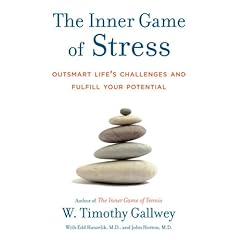On this national day of gratitude, I find myself giving thanks for many things — including my family, my friends, and my health. I owe my sexual health to the now outdated norm of getting annual gynecological exams, with Pap smears, from the time I became sexually active. As a 20-year-old, in the mid-1990’s, I benefited from U.S. medical guidelines that supported my gynecologist in recommending cryosurgery (application of liquid nitrogen) to kill/remove the HPV-infected cells on my cervix. Early detection and early treatment afforded me a quick recovery from a potentially cancer-causing and highly contagious sexually transmitted infection. Following that treatment, I never had another abnormal Pap test result, got pregnant the first time I tried, and gave birth to a healthy baby. For all of those outcomes, I give thanks.
Today, many teen girls and women may not benefit from the level of medical care that I received. Last week, the American College of Obstetricians and Gynecologists (ACOG) issued new guidelines for pap smear and cervical cancer screening, and this may prove to have unintended, negative consequences for sexually-active Americans.

Until 2008, ACOG had recommended annual screening for women under 30. This month, ACOG summed up their revised recommendations:
…women should have their first cancer screening at age 21 and can be rescreened less frequently than previously recommended.
Media coverage of this latest revision has not done as good a job distinguishing that a Pap test is just one aspect of a pelvic/sexual health exam. How many girls and women will interpret the new guideline of “No need for an annual pap tes,” as, “No need to get an annual pelvic exam”?
ACOG admits that the Pap test has been the reason for falling rates of cervical cancer in the U.S.
Cervical cancer rates have fallen more than 50% in the past 30 years in the US due to the widespread use of the Pap test. The incidence of cervical cancer fell from 14.8 per 100,000 women in 1975 to 6.5 per 100,000 women in 2006. The American Cancer Society estimates that there will be 11,270 new cases of cervical cancer and 4,070 deaths from it in the US in 2009. The majority of deaths from cervical cancer in the US are among women who are screened infrequently or not at all.
So, why revise the guidelines such that we are likely to see an increase in the number of U.S. women “who are screened infrequently or not at all”?
And, it’s not just teen girls and young women that are the focus of these revisions. ACOG also recommends that older women stop being screened for cervical cancer:
It is reasonable to stop cervical cancer screening at age 65 or 70 among women who have three or more negative cytology results in a row and no abnormal test results in the past 10 years.
How much of this rationale depends upon women over 65 years old being sexually inactive or monogamous? This argument seems predicated upon ageist assumptions about older women’s sex drives and sexual behaviors (or lack thereof).
As the tryptophan from my Thanksgiving feast begins to dampen my ire, I’ll bring this post to a close. These are just a few of the problematic aspects of this new policy recommendation — stay tuned for “Part II” of this post in the near future.






